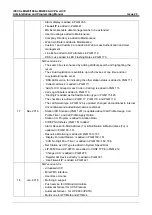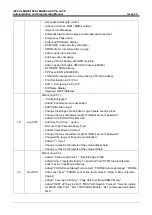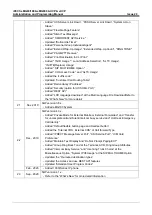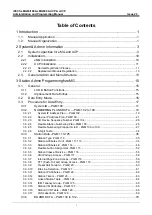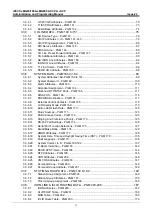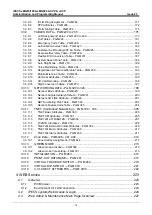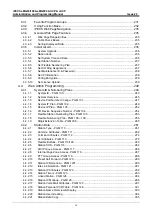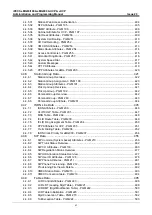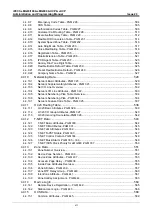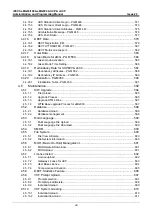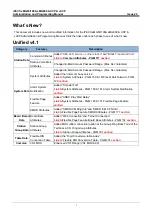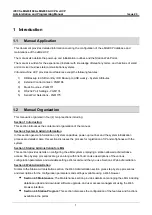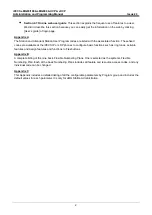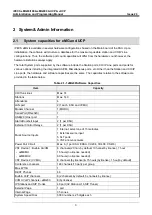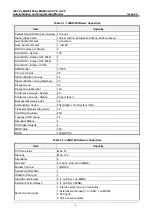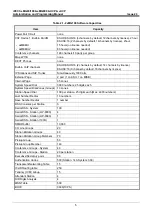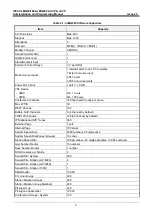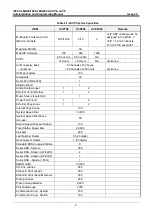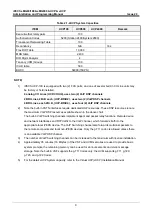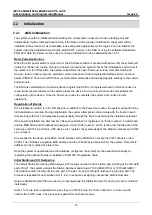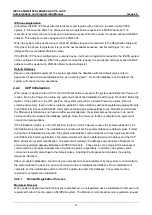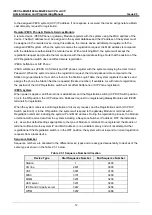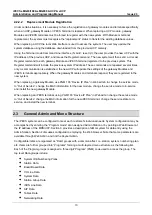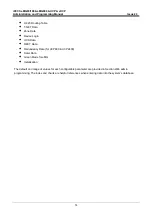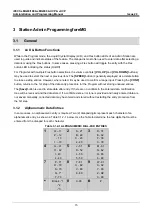
iPECS eMG80/100& eMG800 & UCP & vUCP
Administration and Programming Manual
Issue 2.3
1
1
Introduction
1.1
Manual Application
This document provides detailed information covering the configuration of the eMG/UCP database and
maintenance of the eMG/UCP.
The manual also details the power-up and initialization routines and the Station Web Portal.
The manual is written for the experienced installer with knowledge of telephony terms, and functions of small
and mid-sized business telecommunications systems.
Virtual machine UCP provides most features except the following features:
1)
DB Backup to USB monthly / DB Backup to USB weekly - System Attributes
2)
External Control contact - PGM168
3)
Music Sources - PGM 171
4)
RS-232 Port Settings - PGM174
5)
Serial Port Selections - PGM175
1.2
Manual Organization
This manual is organized in four (4) major sections including:
Section 1 Introduction:
This section introduces the content and organization of the manual.
Section 2 System & Admin Information
In this section general information on System capacities, power-up routines and the system initialization
process are detailed. Also, this section discusses the process for registration of IP and softphones with the
system.
Section 3 Station Administration for eMG
This section provides details on configuring the eMG system employing a station allowed administrative
access. Step by step procedures are given along with brief but concise descriptions of the various
configuration parameters and available settings.We recommend that you use Section 4 Web administration.
Section 4 Web Administration
Similar to the Station Administration section, the Web Administration section gives step by step procedures
and descriptions for the configuration parameters and settings available using a Web browser.
Section 4.5 Maintenance
: The Maintenance section provides details on managing the eMG including
database upload and download, software upgrade, and user access management using the Web
browser interface.
Section 4.6 Station Program
: This section discusses the configuration of the features and functions
available in the portal.

